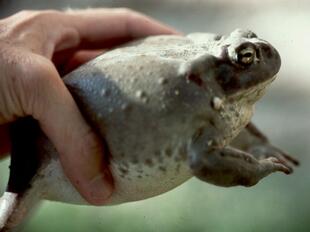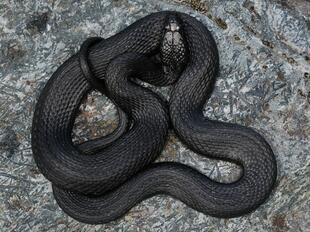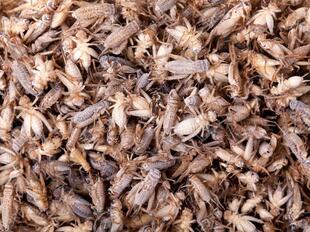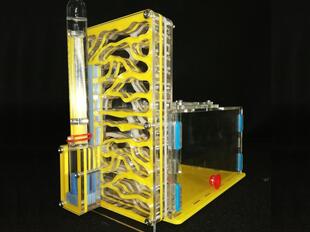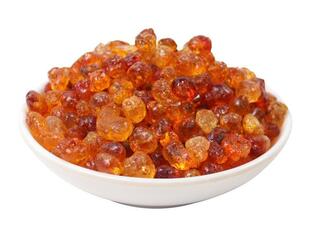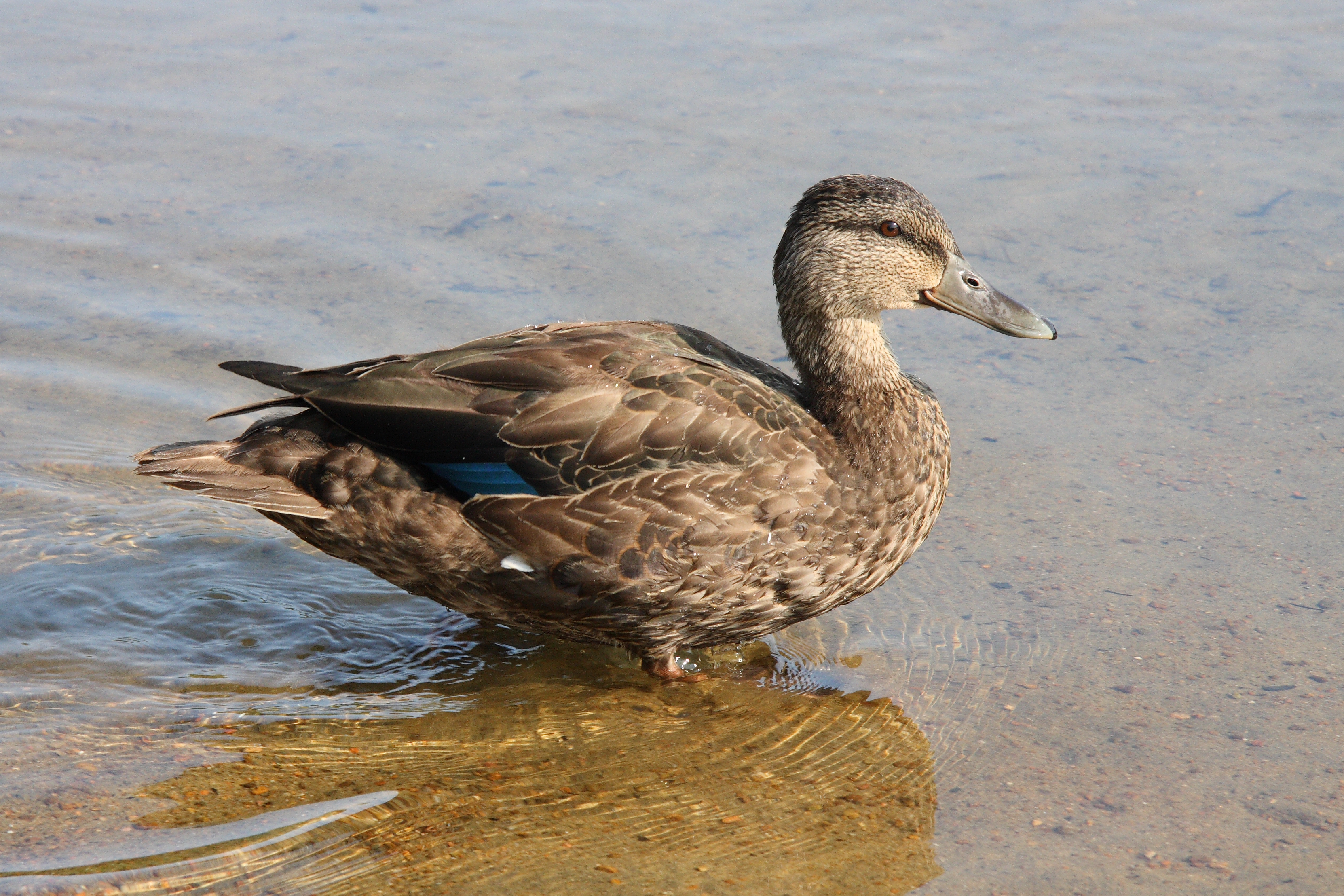
American black duck(Anas rubripes)
Phylum —chordata
Class — aves
Order — anseriformes
Family — anatidae
Genus –anas
Appearance
The American black duck weighs 720–1,640 g (1.59–3.62 lb) and measures 54–59 cm (21–23 in) in length with an 88–95 cm (35–37 in) wingspan. The American black duck somewhat resembles the female mallard in coloration, although the black duck's plumage is darker. Males and females are generally similar in appearance, but the male's bill is yellow while the female's is dull green with dark marks on the upper mandible, which is occasionally flecked with black. The head is brown, but is slightly lighter in tone than the darker brown body. The cheeks and throat are streaked brown, with a dark streak going through the crown and dark eye. The speculum feathers are iridescent violet-blue with predominantly black margins. The fleshy orange feet of the duck have dark webbing.
Habitat
The American black duck is endemic to eastern North America. In Canada, the range extends from northeastern Saskatchewan to Newfoundland and Labrador. In the United States, it is found in northern Illinois, Michigan, New Jersey, Ohio, Connecticut, Vermont, South Dakota, central West Virginia, Maine and on the Atlantic coast to North Carolina.
This black duck winters in the southern parts of its breeding range and south to the Gulf Coast, Florida, and Bermuda.
Behavior
During the fall and winter, American black ducks are highly gregarious and may occur in flocks numbering in the thousands of birds. However, as pair formation begins about the end of September, paired birds begin to break away from the unpaired segment of the population and flock sizes gradually diminish. Pair-forming behavior occurs over a several-month period that probably peaks in midwinter, and by April nearly all the females will have formed pair bonds.
Diet
The American black duck eats seeds and vegetative parts of aquatic plants and crop plants. They also consume a rather high proportion of invertebrates (insects, mollusks, crustaceans) in spring and summer.
Reproduction
Breeding starts in March and April. Nearly all first-year females attempt to nest and older females usually return to their nesting areas of previous years and very frequently use an old nest site, or at least nest within 100 yards of an old nest site. The nest consists of a scrape on the ground, concealed among vegetation, sometimes in tree-cavities or crotches and lined with plant matter and down. Eggs are deposited in the nest at the approximate rate of one per day, and clutch sizes generally average between 9 and 10 eggs, with smaller clutches typical of first-year females. The time at which pair bonds are broken varies somewhat, with males typically remaining with their females about two weeks into the incubation period. Male participation in the brood rearing has not been reported. The incubation period is about 27 days. Young are mobile 1-3 hours after hatching. The female-brood pair bond lasts 6-7 weeks.
In captivity
Lifespan in captivity is up to 30 years.
It is not difficult to keep American black ducks. In summer, ducks are kept in outdoor enclosures. The minimum size of the enclosure is 4 square meters: one meter for a bird.
In the cold season, birds are kept in sections of the poultry house. Access to paddocks is open only on warm, windless, sunny days and only during the daytime.
Wild ducks become restless in the fall, when they fly south seasonally, and may join other wild ducks and fly away with them, so you should trim their wings in time or restrict access to walking. You can also cover the paddock with a net.
For winter keeping of ducks any shed (paddock) in which they are protected from wind and precipitation is suitable. The pen for ducks is built in such a way that one duck has at least 1 sq. m. of area with a room of the height of 70-100 cm. Ducks are not afraid of the cold; if they are full, clean and healthy, they can easily live at any frost.
The area of the paddock should not be less than the area of the paddock shed itself. One duck needs a range of 4 sq. m.In this case, all winter it is necessary to maintain a sufficient mirror of the reservoir for birds, not covered with ice. This is achieved in various ways, one of which may be the use of an air compressor. Long hoses from the compressor that pumps air are lowered to the bottom of the reservoir, and air bubbles, rising up, carry warmer water. With constant mixing of warm water from the lower layers of the reservoir with colder water from the surface, the possibility of ice formation is eliminated even in the most severe frosts.
As a winter bedding for waterfowl, you can use soft hay, which is laid out in places where birds rest.
The diet includes grain feed-corn, wheat, barley, millet, oatmeal, wheat bran, grass, meat and fish meal, chalk, small shell, gammarus. In the warm season, it is good to give various greens - cut dandelion leaves, lettuce, plantain, duckweed. Good food for ducks - wet mixture of grated carrots, bran, various cereals. During the reproductive period and during molting, they are mixed with wet food or given separately: fish and minced meat.The diet should be with the proportion of organic and vegetable feed 1/1.
Ducks are friendly to other birds, so they can be kept in the same pond with other ducks.
Artificial shelters for nests are installed in the paddock. Ducks independently incubate, breed and raise ducklings.
 Russian
Russian
 English
English




















